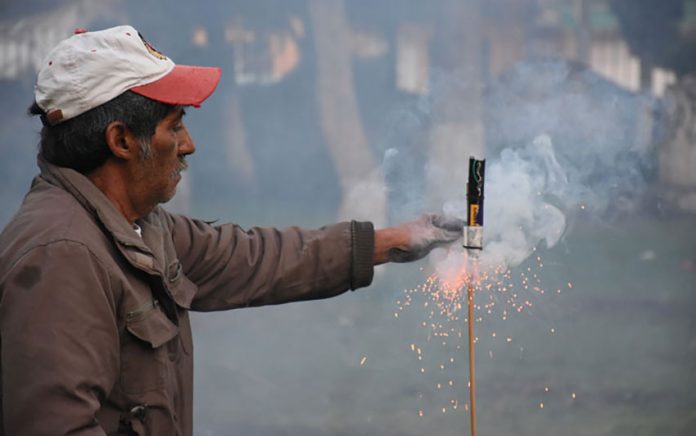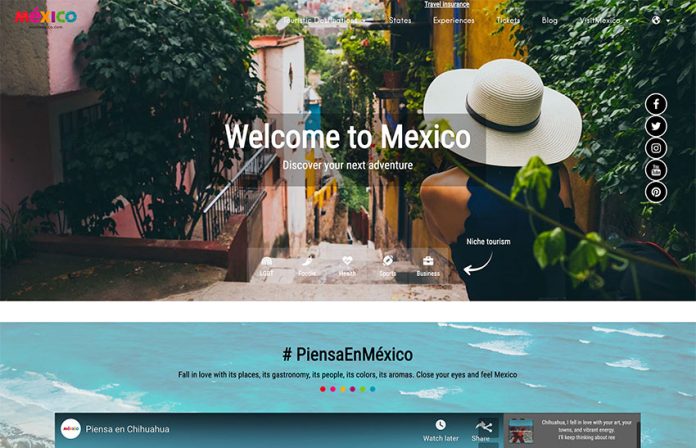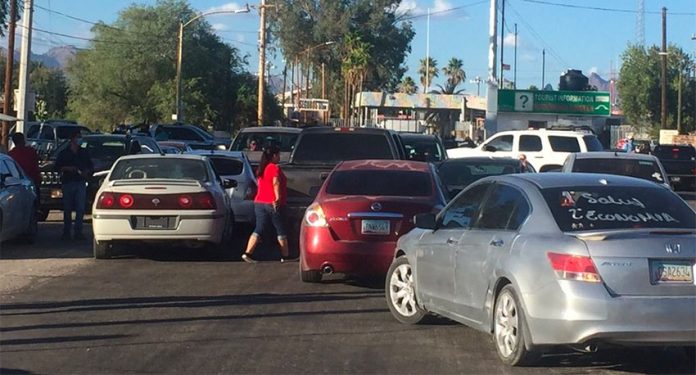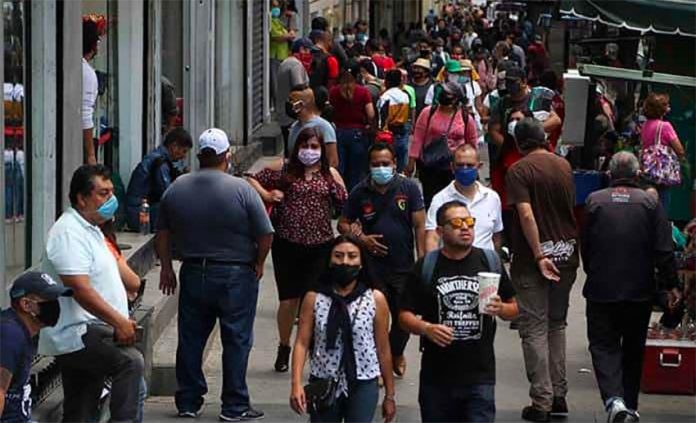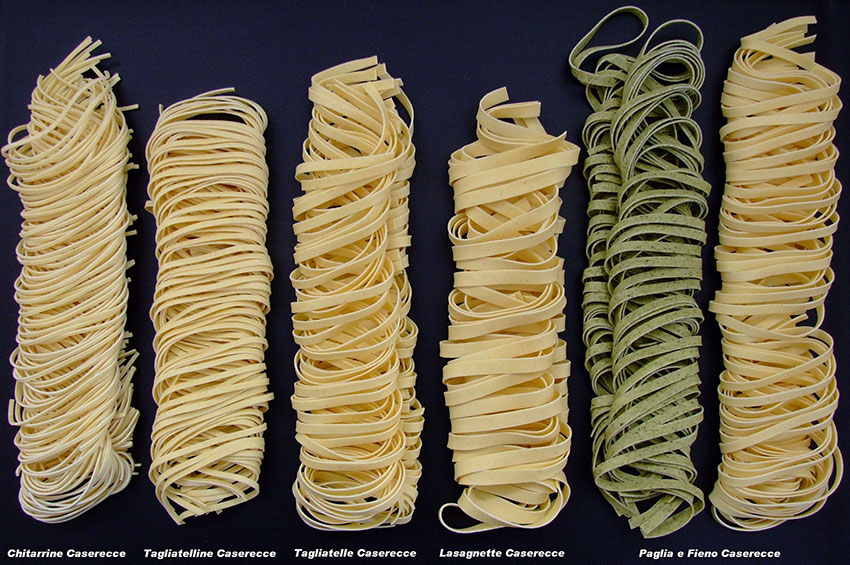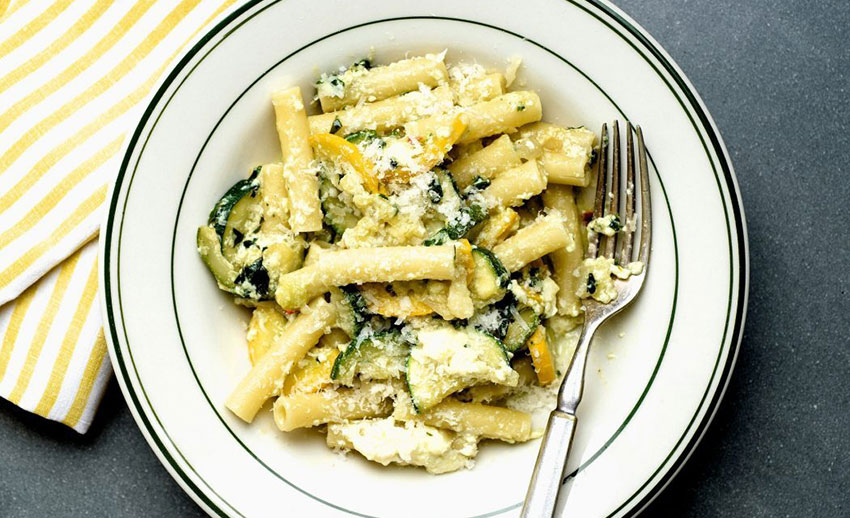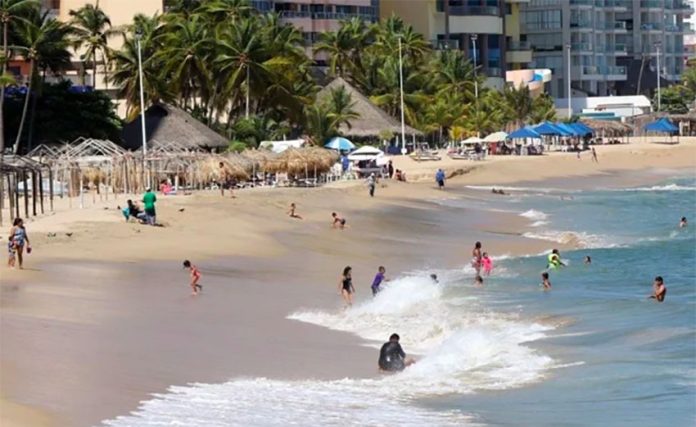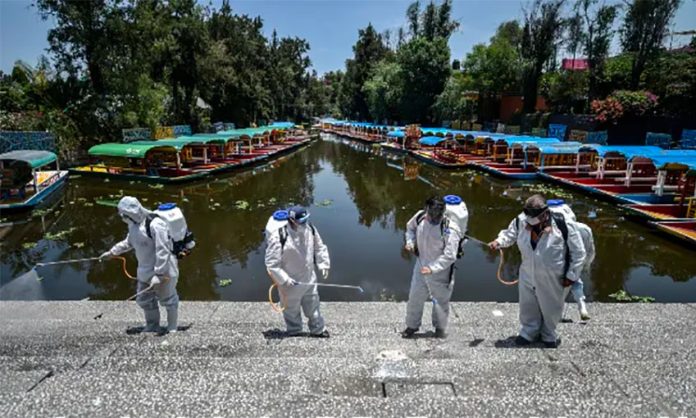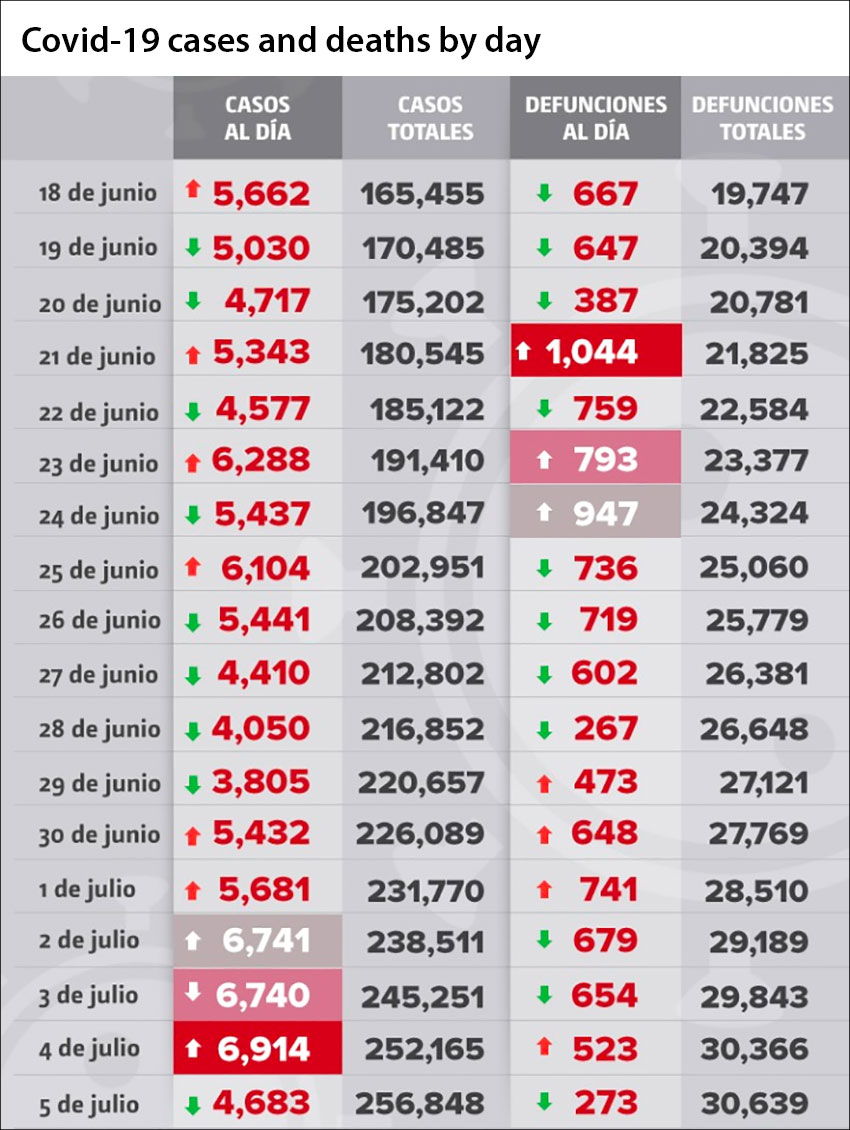San Gregorio Atlapulco isn’t a pretty Mexican pueblo. Not by any stretch. Dust swirls through the town in the dry season and the streets are covered with mud in the rainy season.
There’s too much trash piled up and too many dogs soiling everywhere. The sidewalks — when there are any — are so badly cracked that you’re better off walking in the street where all you have to do is dodge the cars, motorcycles, trucks and bicycles that zoom past, from ahead and behind, just a little too close for comfort.
The chinampería, an ancient agricultural area where people still grow vast quantities of food, is crisscrossed with canals, providing a home for swarms of flies and mosquitoes. Home, that is, except when they’ve set up residence in my apartment where, at night, if I forget to smear myself with repellent, mosquitoes suck me dry of blood faster than a horde of Draculas and during the day, flies dive-bomb me, apparently just for fun.
The houses are constructed of cinderblock and mostly unpainted, the town square isn’t quaint and the church is in serious need of repair. But what it lacks in beauty it makes up for in its people, who have been friendly, generous and welcoming. It’s the place I now call home.
I learned about San Gregorio from an article about pueblos originarios in La Jornada del Campo, a Mexico City online newspaper.
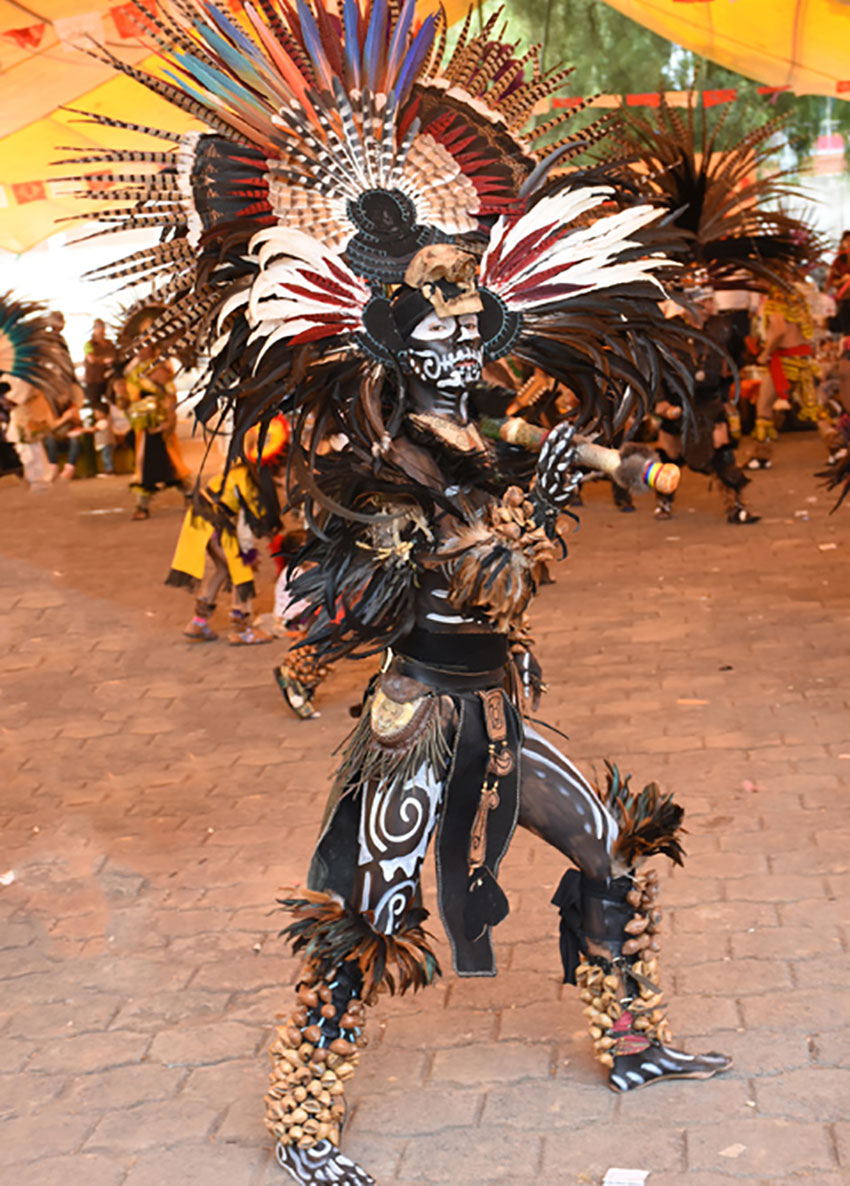
Pueblos designated as “originarios” have held onto their indigenous customs and ceremonies. I’d been in many such pueblos but they were all in remote areas, and San Gregorio is part of Mexico City. I couldn’t understand how an indigenous culture could survive in such a huge city and decided to visit.
I contacted a friend and colleague and asked her if she could get me into one of the pueblos originarios in Mexico City. She put me in touch with several people, each of whom had several suggestions about where I should go. Without really knowing why, I picked San Gregorio. I could have just as well tossed a dart at a map to decide.
My first trip to the pueblo was for Holy Week in 2018 and it was a moving experience — processions almost every day lasting well into the night. But more important than the processions and other events was feeling comfortable and welcome. After I photographed people decorating the church altars, Roberto called out to me, “This pueblo is your pueblo. Everything here is yours.” I’d only just met him.
Although I’d been to Mexico a dozen times for a variety of projects, usually staying a month or more, I never seriously considered moving here. But a divorce and other factors made me reconsider. It was time to make a change. I returned to the pueblo for three weeks in August of 2018 wanting to answer the question, can I live here?
I stayed in an apartment that’s less than a five-minute walk to the chinampería. Most people know about the colorful boats that ply the canals in Xochimilco, but few know that outside of the tourist areas, people still farm. Some areas of San Gregorio’s chinampería were built 2,000 years ago and many chinamperos, as the farmers are known, are growing food on land that has been in their family for generations.
That August, Javier Marquéz Juárez took me to the monoliths — two huge boulders with carvings of a priest of Xipe Totec, the Aztec god of sacrifice and agriculture, and a fertility goddess that are probably 800 to 1,000 years old. Franciscans toppled the fertility goddess soon after they arrived in the late 16th century, but that monolith of the priest resisted their efforts and still stands tall, watching over the pueblo.

After moving here, Javier and I began exploring the unexcavated ruins of a large city that fill the hills surrounding the pueblo. We’ve documented dwellings, astronomical observatories, boulders carved with maps and what may be sacrificial altars. We’re documenting as much as possible before time and, unfortunately, people destroy what’s left.
I’ve been told that there are 365 fiestas a year in San Gregorio but that can’t be right. There are certainly more. There are 22 neighborhoods in the pueblo and every one has a patron saint for which there is a feast day. December 12th is the Virgin of Guadalupe’s day but there are other days that celebrate the Virgin of Carmen, the Virgin of the Assumption and several others.
San Gregorio, the pueblo’s patron saint, is feted twice a year. His birth is celebrated with a three-day fiesta in September and his death, in March, with a week-long one.
Mayordomos are lay religious leaders who generally serve in that capacity for a year. Every time a mayordomo’s year is up, there’s a procession, a mass and a large meal at the home of the new mayordomo. No one can tell me for sure how many mayordomos there are but the best guess is over 300.
There are the major holidays like Holy Week, Christmas and Day of the Dead, all of which last for at least a week, and the pilgrimages to Chalma, Amatlán and the Villa Guadalupe. Most of these events feature Aztec dancers and concheros, traditional musicians whose roots go back hundreds of years, and cohetes: large bottle rockets. (Until I moved here, I didn’t know that saints and the Virgin Mary were so fond of bottle rockets).
After photographing several fiestas, I asked someone, “When do people work?” Without missing a beat she replied, “There are more important things in life than work.” And in San Gregorio, those “more important things” are family, community and faith and every event is organized to strengthen those.
I now live in the apartment I first rented that August and often visit chinamperos, many of whom have become friends. Javier and I continue to explore and document the ruins and I’ve made an effort to photograph every major, and many small, fiestas. I’ve also gone on pilgrimages, including one to Amatlán, that pushed me to the the edge of my endurance and sanity.
A trip that was supposed to take 10 hours stretched to 23, including 12 on horseback (we got lost in the mountains four times). When I complained to Javier, he simply said, “But it was an an adventure, no?” My photos have been collected in a book I worked on with Javier called San Gregorio: Cosmovisiones.
I have to admit that there are days when I tire of hearing cohetes that explode, sometimes for hours, during an event. The mud and the mosquitoes and music blasting can sometimes get to me. But despite all of those, I think I’ll be living here for a couple of more years because if this pueblo has taught me anything, it’s taught me this: there are more important things in life than work.
The writer is a frequent contributor to Mexico News Daily.
